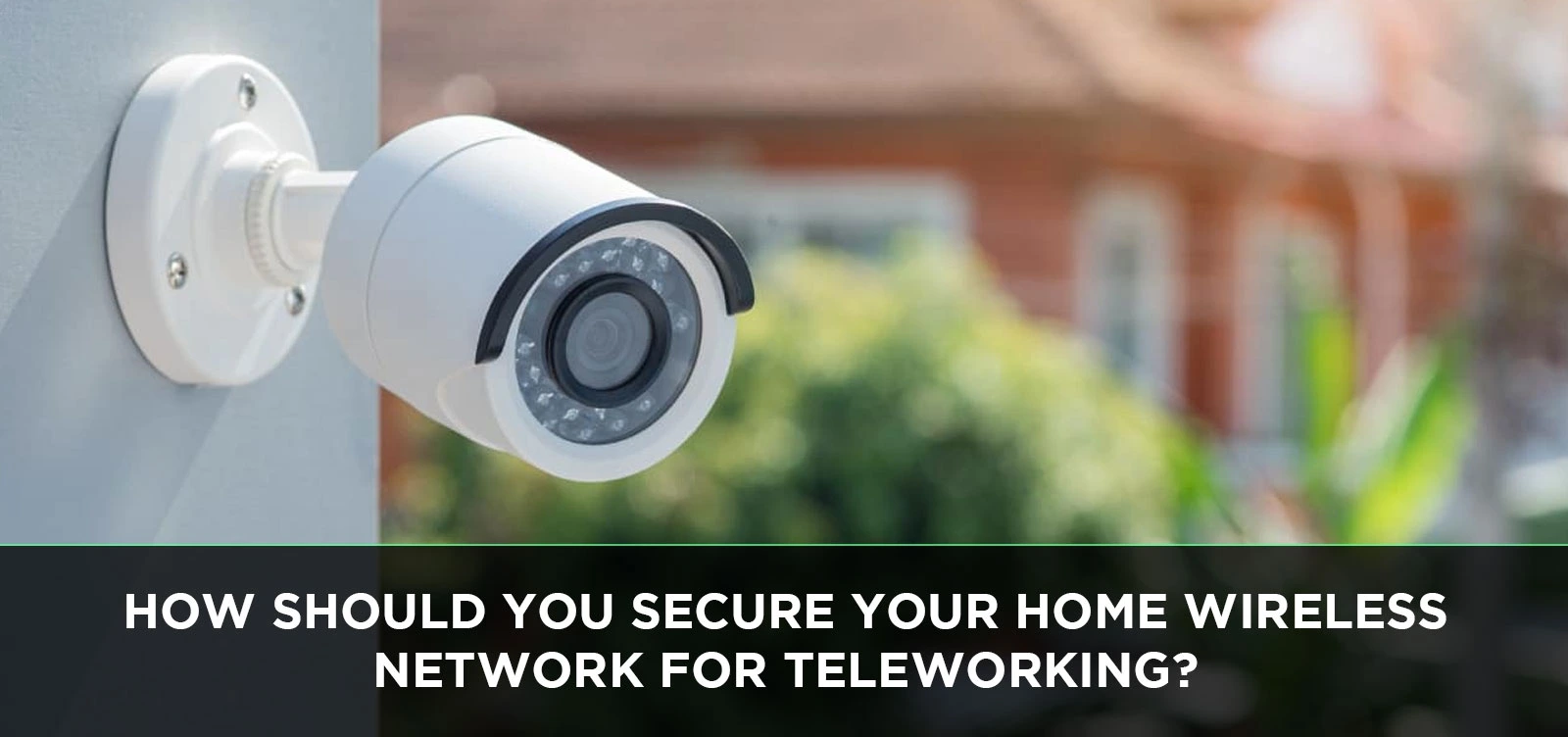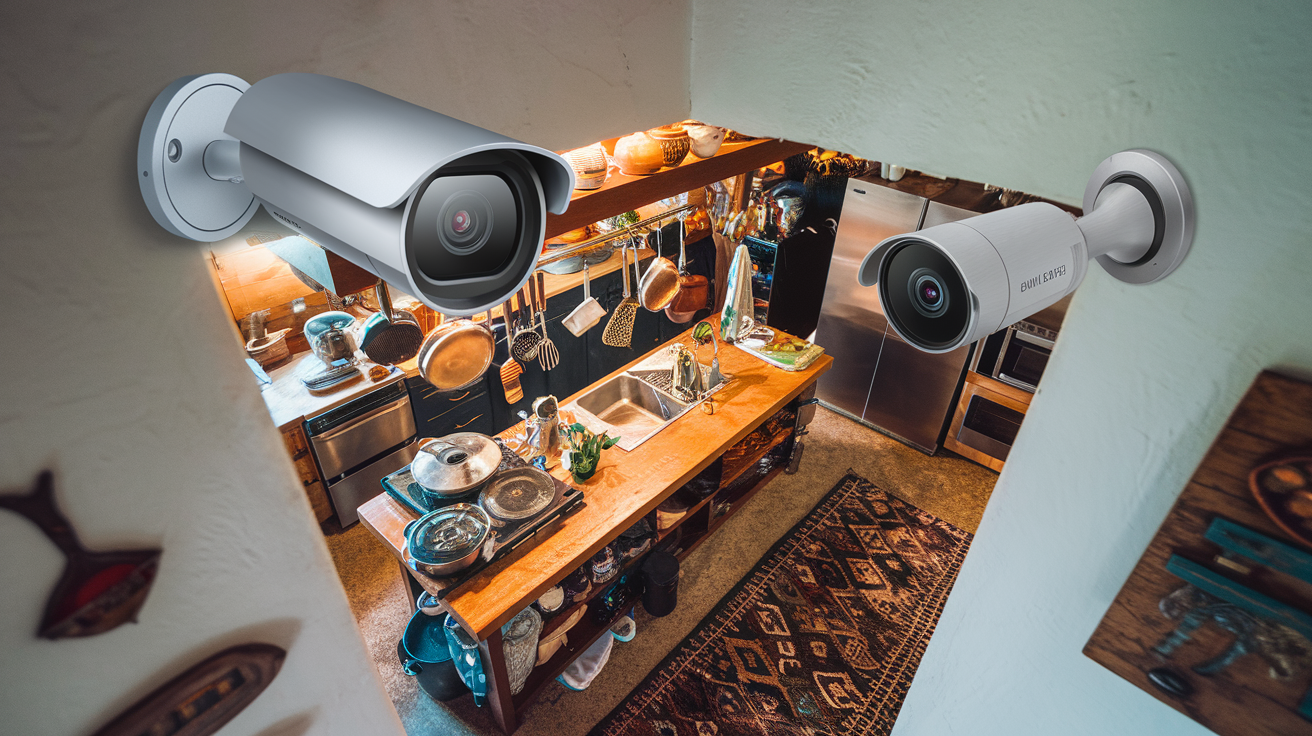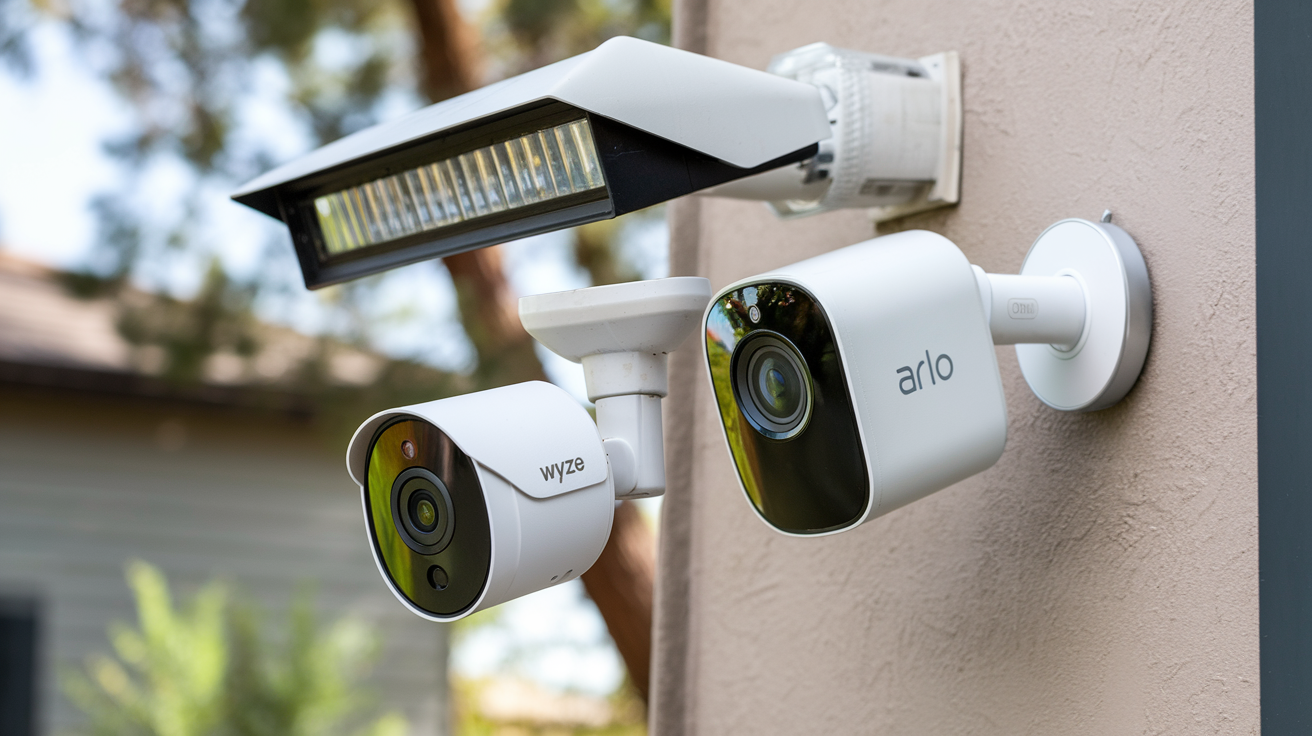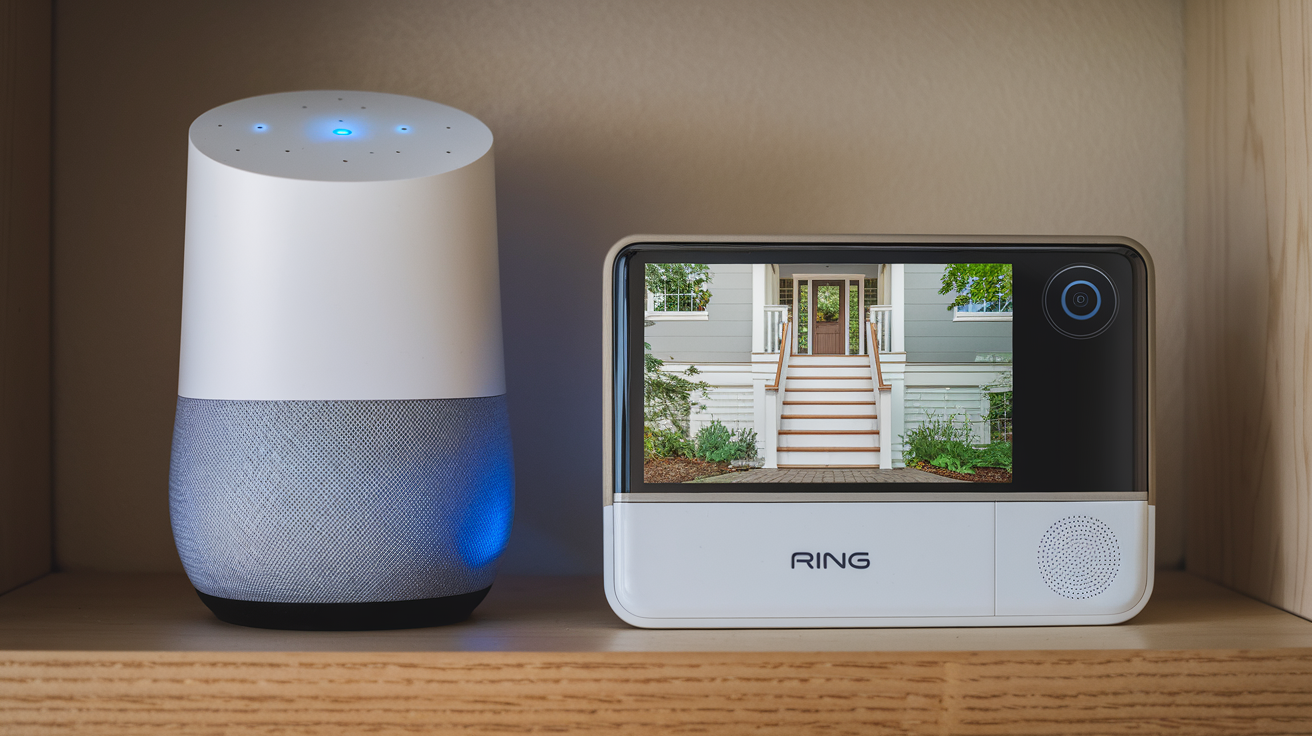In the current era of teleworking, securing your home wireless network has become more critical than ever. With the rise of remote work, it is essential to ensure that your network is safe from potential cyber threats and unauthorized access. This comprehensive guide will walk you through the steps to secure your home wireless network for teleworking. From setting up a strong password to enabling advanced security features, we've got you covered. Let's dive in and create a fortress around your digital workspace.
Top Steps for secure your home wireless network
Securing your home wireless network for teleworking involves implementing a series of steps and best practices. By following these guidelines, you can enhance the security of your network significantly.
Let's explore each step in detail:
1. Change the Default Router Login Credentials
The first line of defense for your home wireless network is your router's login credentials. Most routers come with default usernames and passwords, which are well-known to hackers. To ensure maximum security, change these default credentials immediately after setting up your router. Choose a strong, unique password that includes a mix of uppercase and lowercase letters, numbers, and special characters.
2. Update Router Firmware Regularly
Router manufacturers release firmware updates to address security vulnerabilities and improve performance. Keep your router's firmware up-to-date by checking for updates regularly. This simple step can prevent potential exploits and ensure your router's security features are optimized.
3. Enable WPA3 Encryption
Wi-Fi Protected Access 3 (WPA3) is the latest and most secure encryption standard available for home networks. Ensure that your router supports WPA3 and enables it for your wireless network. This encryption protocol provides robust protection against unauthorized access attempts.
4. Set Up a Guest Network
If your router supports it, create a separate guest network for visitors and devices that do not require access to your main network. This segregation prevents potential intruders from gaining access to sensitive data and devices on your primary network.
5. Enable Network Firewall
Most routers come with built-in firewall capabilities. Enable your router's firewall to add an additional layer of security to your network. Firewalls monitor and control incoming and outgoing traffic, blocking suspicious activities and potential threats.
6. Disable Remote Management
Remote management allows access to your router's settings from outside your home network. While this feature may be convenient for troubleshooting, it also presents a security risk. Disable remote management to prevent unauthorized users from accessing and altering your router's configurations.
7. Implement MAC Address Filtering
Media Access Control (MAC) address filtering allows you to specify which devices are allowed to connect to your network based on their unique MAC addresses. By enabling MAC address filtering, you can control network access and block unauthorized devices.
8. Turn Off SSID Broadcast
The Service Set Identifier (SSID) is the name of your wireless network. By default, most routers broadcast this name, making your network visible to others. To enhance security, turn off SSID broadcast so that your network remains hidden from casual scanning.
9. Use a Strong Wi-Fi Password
Your Wi-Fi password is the key to your network. Create a strong password that is at least 12 characters long, combining letters (both upper and lower case), numbers, and special symbols. Avoid using easily guessable information like your name, birth date, or address.
10. Enable Two-Factor Authentication (2FA)
If your router supports two-factor authentication, enable it to add an extra layer of protection to your network. 2FA requires users to provide a secondary code or token, typically sent to their mobile devices, in addition to the regular password.
11. Secure Your Teleworking Devices
In addition to securing your home wireless network, focus on securing your teleworking devices. Keep your computers, laptops, and smartphones up-to-date with the latest security patches and antivirus software.
12. Use a VPN for Remote Access
When teleworking, consider using a Virtual Private Network (VPN) to encrypt your internet connection. A VPN creates a secure tunnel between your device and the remote server, protecting your data from prying eyes.
13. Regularly Monitor Network Activity
Stay vigilant by monitoring your network's activity regularly. Check for any unauthorized devices connected to your network and look for unusual data traffic. Some routers provide mobile apps to help you keep track of network activity conveniently.
14. Be Cautious with Email Attachments and Links
Phishing attacks are prevalent in today's digital landscape. Exercise caution when opening email attachments and clicking on links, especially if they are from unknown sources. Cybercriminals often use phishing emails to gain access to your network.
15. Educate Family Members and Users
Ensure that all family members and users who access your home network are aware of the security protocols. Educate them about the importance of strong passwords, avoiding suspicious websites, and being cautious with personal information.
16. Secure Physical Access to Your Router
Place your router in a secure location within your home, away from public areas. Restrict physical access to your router to prevent tampering or unauthorized changes to its settings.
17. Regularly Back Up Your Data
Back up your important data regularly to an external hard drive or cloud storage. In the event of a security breach or data loss, having backups will allow you to recover your data quickly.
18. Monitor Router Manufacturers' Security Advisories
Keep an eye on security advisories released by your router's manufacturer. These advisories may provide critical information about potential vulnerabilities and necessary actions to secure your device.
19. Secure Home Security System
If you have a home security system connected to your network, change the default passwords and regularly update their firmware. Hackers can exploit insecure cameras to gain access to your network.
20. Secure Printers and IoT Devices
Printers and Internet of Things (IoT) devices can also be potential entry points for attackers. Change default passwords and update their firmware to minimize security risks.
21. Use a Reliable Antivirus and Antimalware Software
Install reputable antivirus and antimalware software on all your devices. Regularly scan for threats and ensure that the software's databases are up-to-date.
22. Conduct Regular Network Security Audits
Periodically perform network security audits to identify and address any vulnerabilities or weak points in your home network.
23. Consider Network Segmentation
If you have specific devices or services that require higher security, consider creating separate network segments with stricter access controls.
24. Opt for Professional Security Services
For additional peace of mind, consider hiring professional security services to assess and enhance your home network's security.
25. Stay Informed about Evolving Threats
Cybersecurity threats evolve constantly. Stay informed about the latest trends and best practices to keep your home wireless network secure.
Conclusion:
In conclusion, securing your home wireless network for teleworking is of paramount importance in today's digital landscape. As remote work becomes more prevalent, the need to safeguard sensitive data and personal information has never been greater. By following the comprehensive steps outlined in this guide, you can create a robust and fortified network that will protect you from potential cyber threats.
Call on (888) 805-5456 to get a home security system now!






